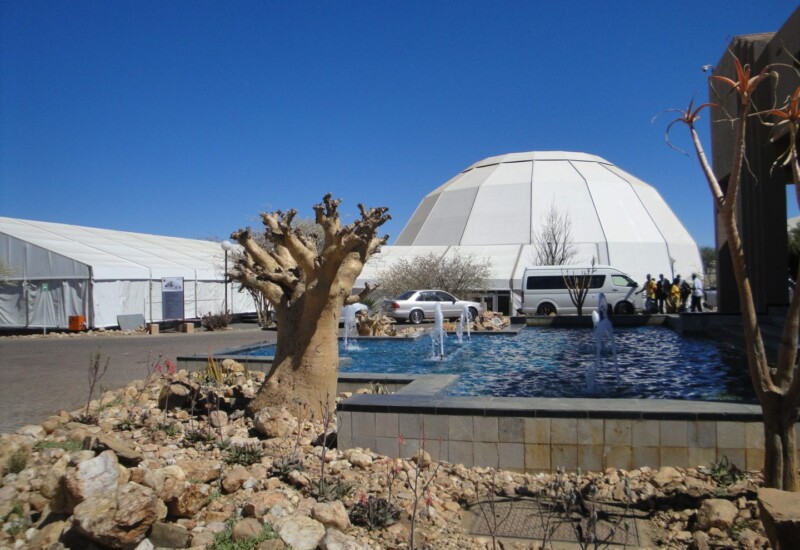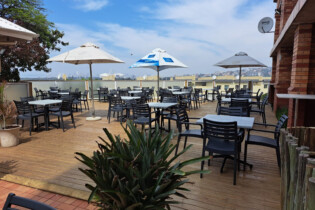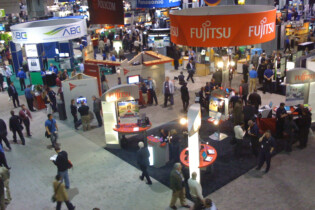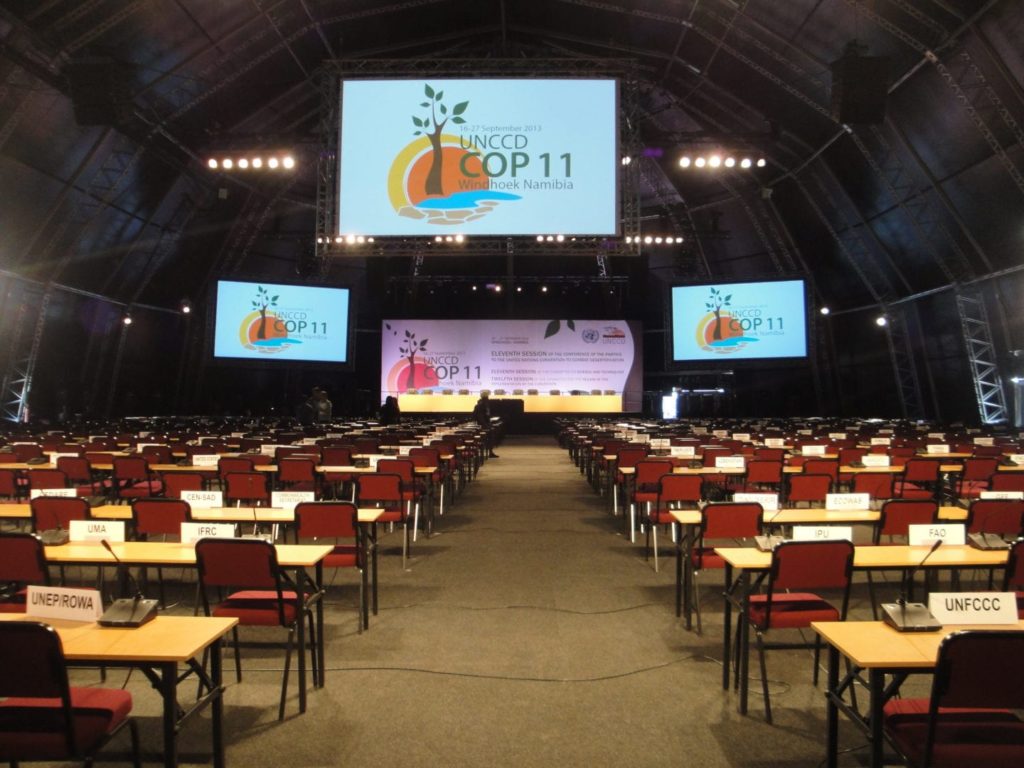 From tender to table, it took five months to get COP 11 Namibia up and running. Clare Neall, representing the Event Management Company, shares what it takes to put on the biggest event in sub-Saharan Africa for 2013.
From tender to table, it took five months to get COP 11 Namibia up and running. Clare Neall, representing the Event Management Company, shares what it takes to put on the biggest event in sub-Saharan Africa for 2013.
COP 11, or to give it its full title, the 11th Session of the Conference of the Parties to the United Nations Convention to Combat Desertification, was a major gathering of countries who came together to discuss and deal with environmental issues that directly affect the livelihoods of millions of vulnerable people across the world.
Namibia was an apt host. While famous for its extensive Kalahari and Namib deserts, it is currently experiencing one of its worst droughts in history, speeding up the process of desertification and land degradation, which is severely impacting the country’s myriad rural communities.
Held over a two-week period, and hosted by Uahekua Herunga, the Namibian Minister of Environment and Tourism, COP 11 saw the participation of 195 countries, each with an average delegation of between five to 10 people, including 45 VIP ministerial officials. In addition, it drew flocks of journalists, NGOs and other interested private and government environmental parties.
Managing an event of this size is no mean feat and was a laudable triumph for the many teams involved. It was apparent that the population of Windhoek was in awe of an event of such magnitude, having previously seen nothing like it within their country’s borders. The UN placed huge demands on the host country.
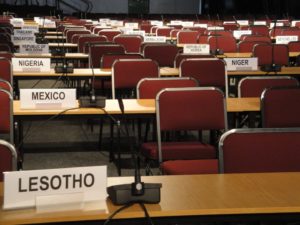
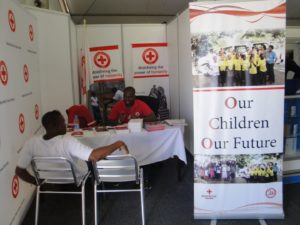 Overcoming logistical problems
Overcoming logistical problems
The conference was held at the Windhoek Country Club and Casino Resort, part of the Legacy Hotels and Resorts’ portfolio. But even this, the largest facility in Windhoek, was hopelessly undersized for the expected turnout and so an ambitious plan was designed by Conference Systems Namibia, which was awarded the COP11 tender.
The vicinity of the resort was turned into a temporary UN compound. Scan Display South Africa was contracted to build, under canvas, 2 600 m² of meeting rooms, 500 m² of office space and 600 m² of exhibition space. Two huge Supa Domes (the largest was 15.5 m high with an internal width of 36 m) provided comfortable seating for the thousands of delegates, while state-of-the-art electronics beamed the continual high-level deliberations to all corners of the globe.
Four weeks prior to the start of the event, an unprecedented engineering exercise commenced to coordinate the utilities, piping, thousands of metres of cabling and IT infrastructure for the temporary plenary venue, committee meeting rooms, UN offices, media centre, TV broadcast studio, printing and document reproduction hub, security and accreditation areas, a large exhibition hall, a beer garden and VIP areas.
“This is the first time the UNCCD COP programme has taken place in structures such as these – that is, housed entirely under canvas,” said Martin Macphail, the event director.
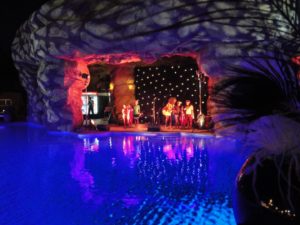 VIP treatment
VIP treatment
Naturally, with the pending arrival of VIP visitors, security was paramount. Teams from the Namibian army and police force were assisted by the UN security team who always accompany such an event. As protocal required a 24/7 secure environment, the property was officially handed over to the control of the UN the day before the official opening. No entry was possible by anyone without official accreditation through the strict badging and registration procedures.
Accomodation
Accommodation in the city was at a premium, with calls for every establishment to make every possible bed available – from guest houses and B&Bs to the top hotels, such as the Windhoek Country Club Resort, the Safari Hotels group, the Hilton Windhoek and the Kalahari Sands Hotel. During the height of the busy September tourist season, this placed enormous pressure on the city. However, in the end, an equitable balance of tourist and delegate traveller was reached.
Safety first
To ensure compliance with local safety rules, a fire crew and their vehicle as well as with a team of medics were in place for the full duration. Aside from a few small mishaps that kept the first aiders busy, with no fires to report, the station fire engine was by far the cleanest vehicle on the property.
What was needed
Bringing an event of this size together encompassed a myriad of other requirements, for example: general location aesthetics, road traffic management and calming measures, local resident considerations, catering teams, generators, portaloos, security machines, air conditioners, hotel transfers and airport shuttles, exhibition booths and furniture. Not forgetting directional signage, interpretation booths, side event furniture and decor, staging, audiovisual screens, sound systems, projectors, millions of microphones, multi-pin plugs and extension cords, event invitations, conference bags and inserts, daily programmes and water coolers.
Meeting destination
Rudy van Dijck, Chief: Division of Conference Services UNON, says: “Working in Namibia was an interesting experience. As Windhoek has a much smaller infrastructure than its South African neighbours, and with the country not being as well equipped, implementing an event such as this came with much bigger challenges. The teams had to work that much harder in realising COP 11.”
Namibia produced a colouful, warm and hospitable event that has firmly put Namibia on the map as an excellent business, meeting and tourism destination.


